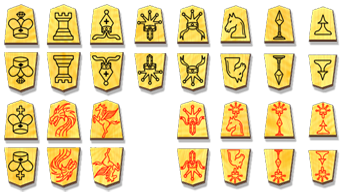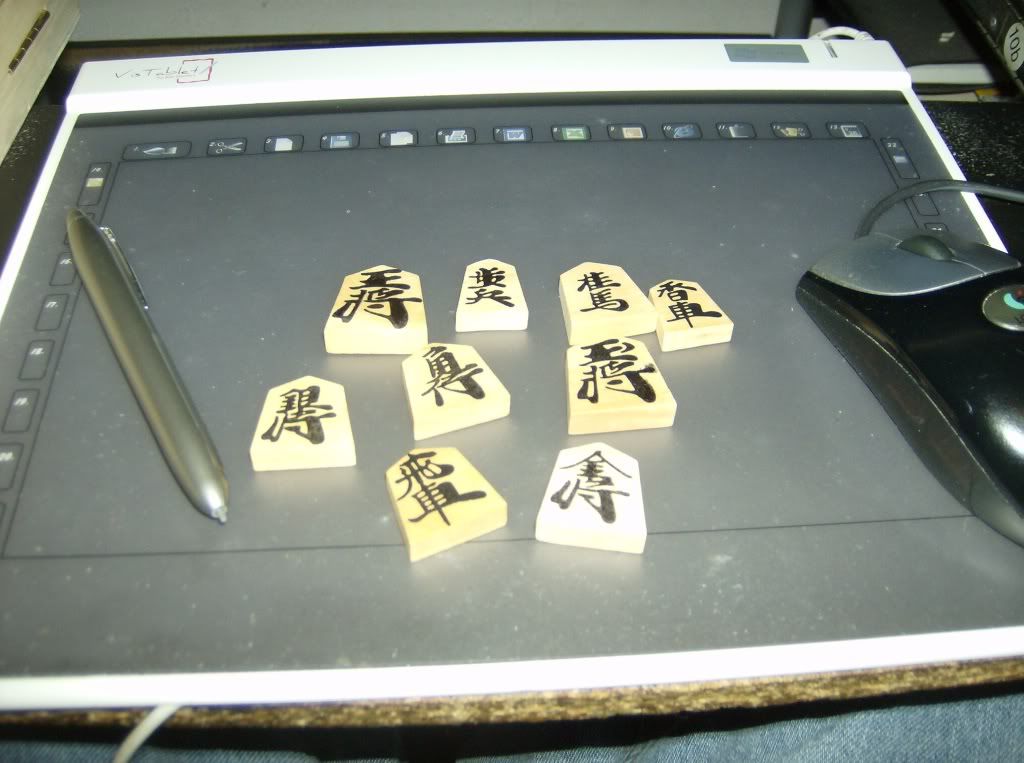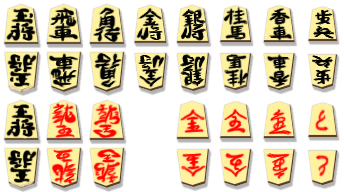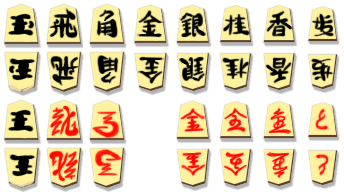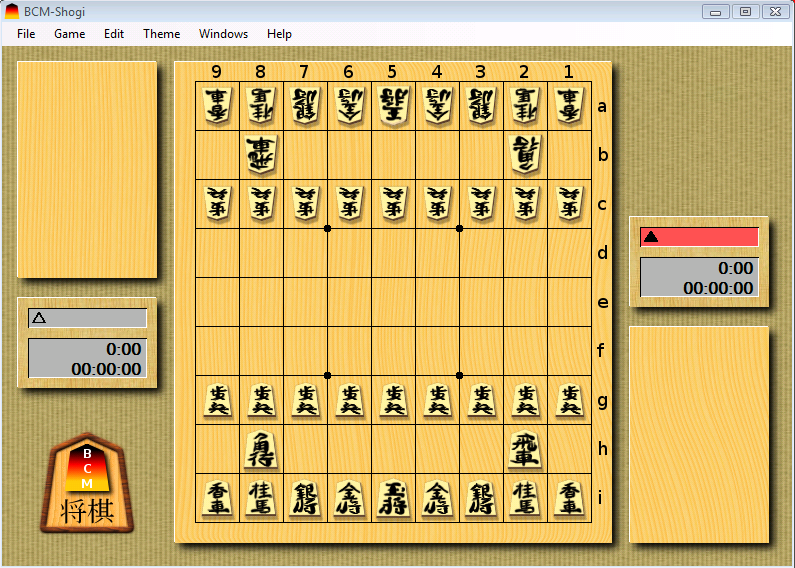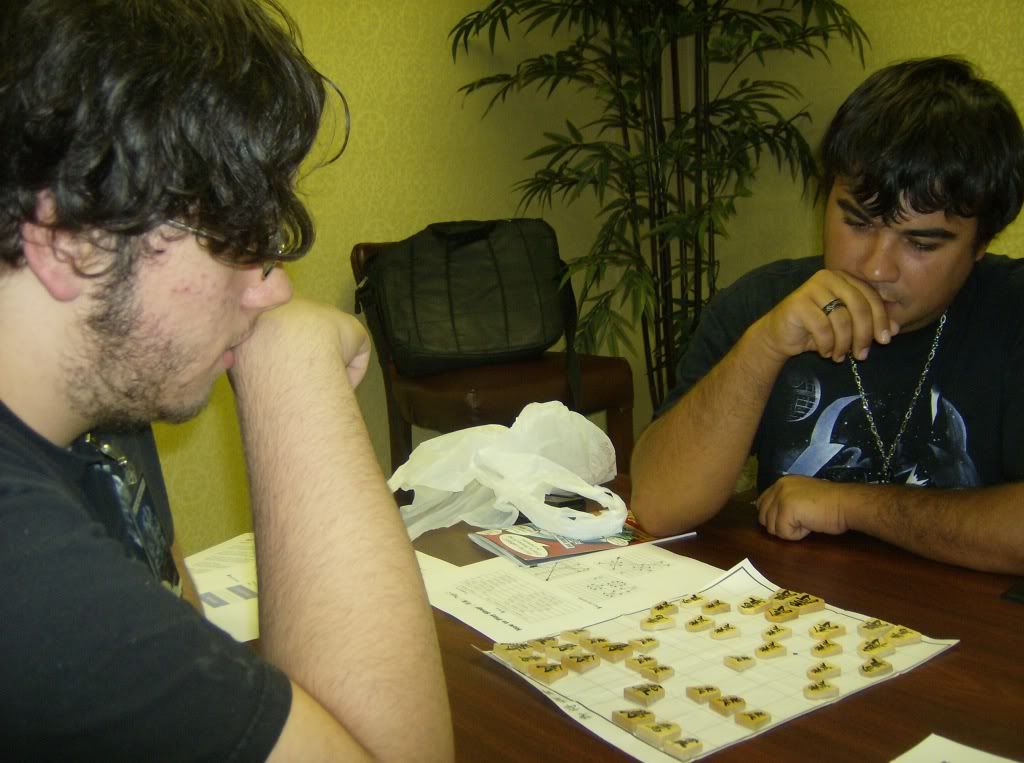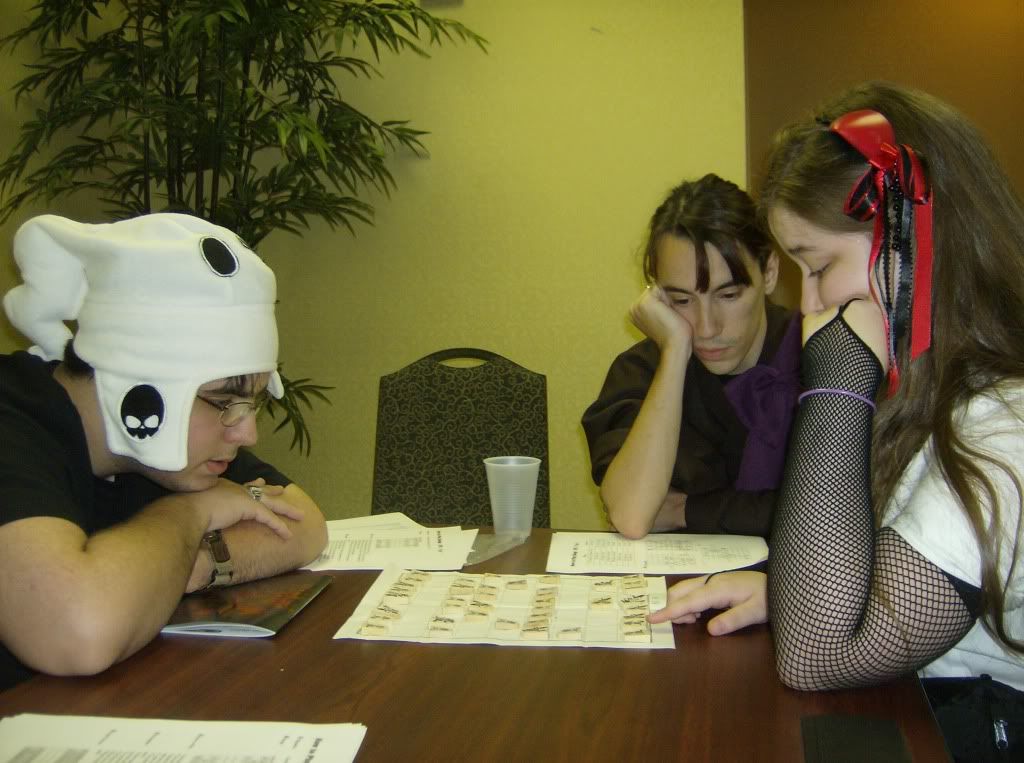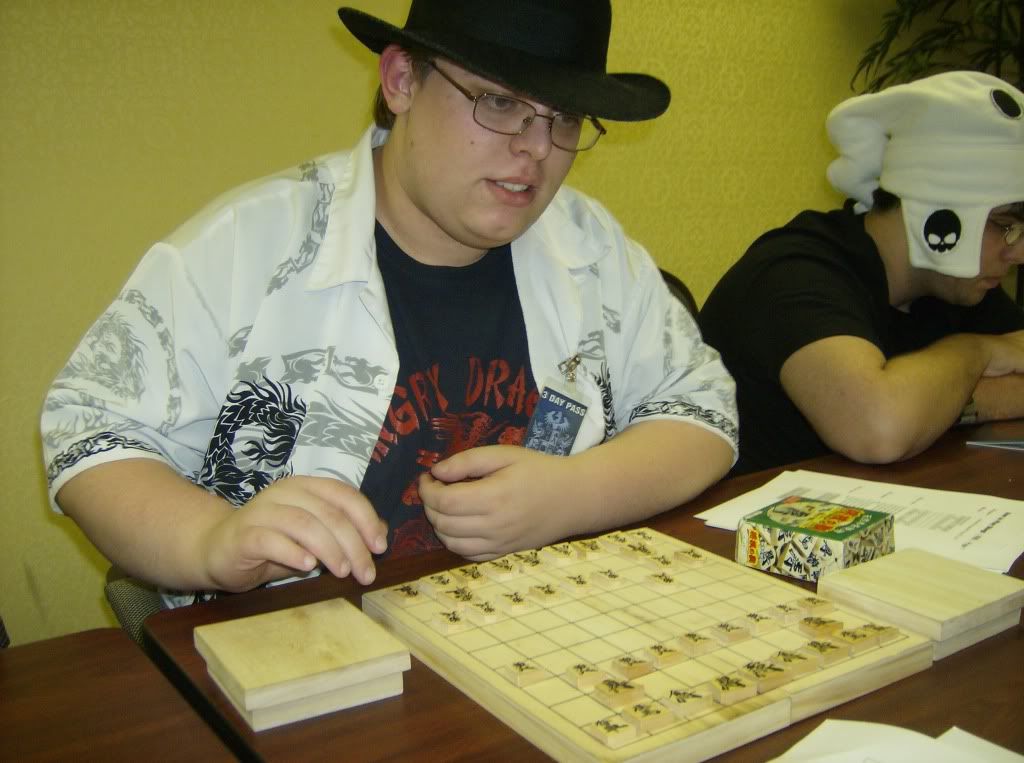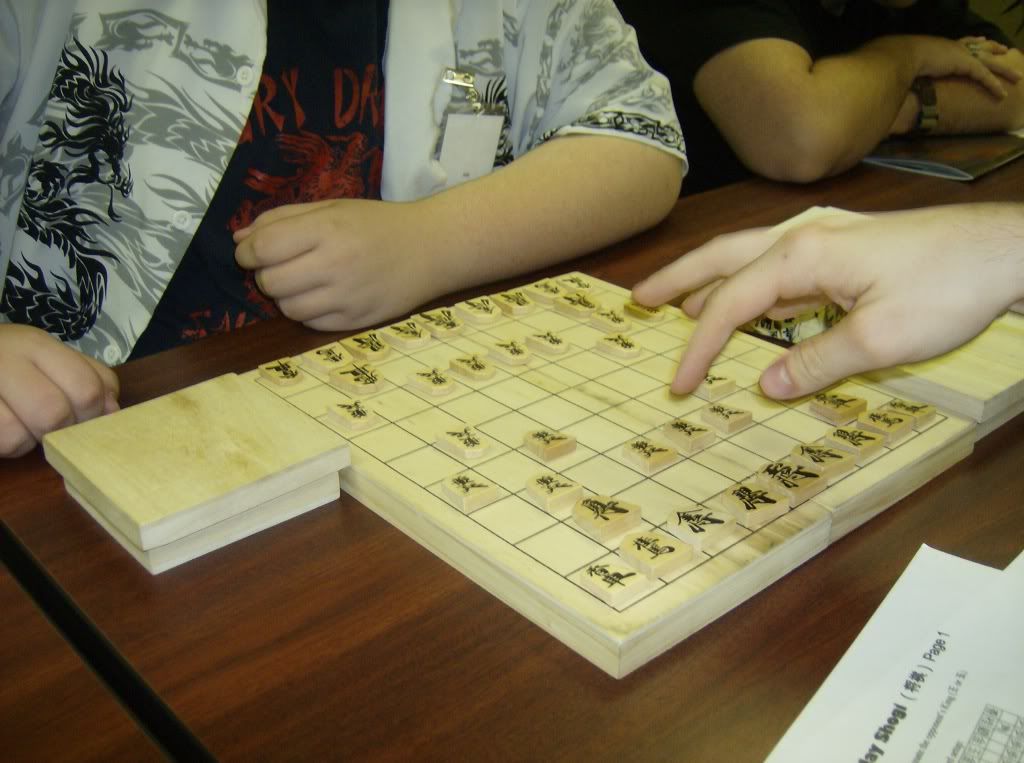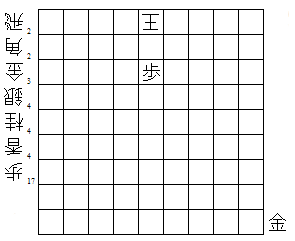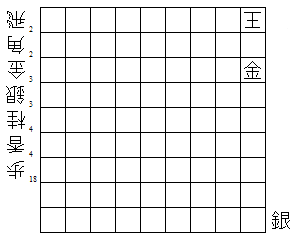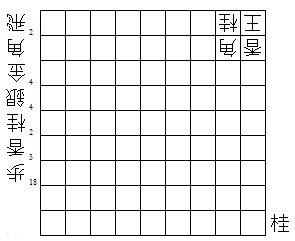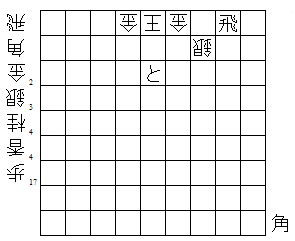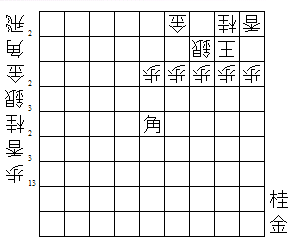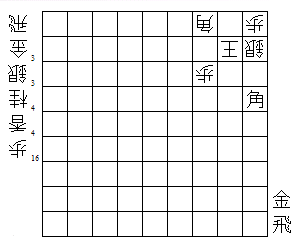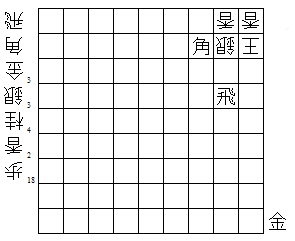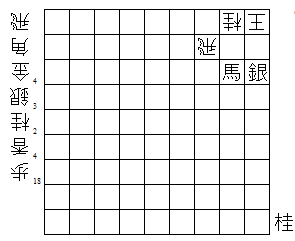I would like to make a report of my efforts towards shogi popularization in the year 2009.
April 2009
April is when I was introduced to shogi. One could say that this is when shogi first impacted Louisiana, even though I was the only person affected.
July 2009
July was the month that Mechacon was held, where I hosted my first shogi event, the "How to Play Shogi" panel, discussed in this post. The panel was a great success, attracting about 30 people. Unfortunately, even though people seemed interested, I did not take the initiative to make sure that they would stay interested after the convention. I did not actively seek contact with the attendees of the panel, so whether it was a lasting success or not to any of the attendees is unknown to me. I will have to make sure to do better next year.
August 2009
In August, I made my first shogi lecture video on Youtube about shogi proverbs. I think this is a modest success at popularization, and though it seems that it will attract a wide, global audience, I don't believe it targets players in Louisiana enough. Still, it was an attempt to get more information about shogi in the open, so I don't regret starting my Youtube videos.
September 2009
September saw the opening of the most active English shogi forum on the Internet, The 81-Square Universe, in its initial form, which was hosted at Heaven Forum. It began as a huge success and has gained members from around the world. As an English discussion forum, it is easy to refer potential players to it, so I think it would help Louisiana promotion once it gets heavily underway.
October 2009
The 81-Square Universe moved to its own domain in October, making it easier to find.
November 2009
Shogipedia launched in 2009, which has attracted much attention, including becoming the host of the translation of "Lectures on the Latest Strategies" by Kiyokazu Katsumata 6-dan. Also in November, I attended the New Orleans Japan Festival, where I introduced shogi to several people. Unfortunately, as I did not have a set place to teach it there like I did at Mechacon, it was hard to find people who were interested. I'll have to arrange for a table next year. In November, efforts to create a shogi playing server on The 81-Square Universe started as well.
Goals for 2010
The following are my goals for the year 2010:
- Achieve 1-dan. I believe that becoming a dan holder will be important in promoting shogi, because speaking from a master level will give me a much better sense of how to explain shogi than my current 7-kyu level.
- Write an English guide to the rules. Since it is somewhat hard to find good material on shogi, and because ordering copies of current books to hand out would be quite expensive, I would like to write a small book on how to play shogi, which I would hand out for free at all of my shogi events. I believe beginners would be more attracted to shogi if they did not have to go out of their way to learn how to play.
- Form a shogi club. This will be important in spreading shogi in the US. Forming a shogi club would create a base with which new members could be attracted, and veteran members could branch out and teach others that are not associated with the club. This is one of my top priorities in 2010.
- Host Louisiana's first shogi tournament. I learned from Larry Kaufman that there have never been a shogi tournament in Louisiana, so I would like to host the first. I have been trying to arrange ways to execute it, but I have nothing official yet.

 [SENTE "hirohiigo"]
[SENTE "hirohiigo"]
 ▲11.G4i-5h
▲11.G4i-5h

 Instead of ▲K-7h, I could have managed the situation and material by ▲Rx2d (diagram). Following ▲Rx2d, △Rx2d ▲B*1e △R*2e ▲Bx2d △Rx2d ▲N-3g and I would have been much better. Material would be equal and I would only have to deal with one rook.
Instead of ▲K-7h, I could have managed the situation and material by ▲Rx2d (diagram). Following ▲Rx2d, △Rx2d ▲B*1e △R*2e ▲Bx2d △Rx2d ▲N-3g and I would have been much better. Material would be equal and I would only have to deal with one rook.









